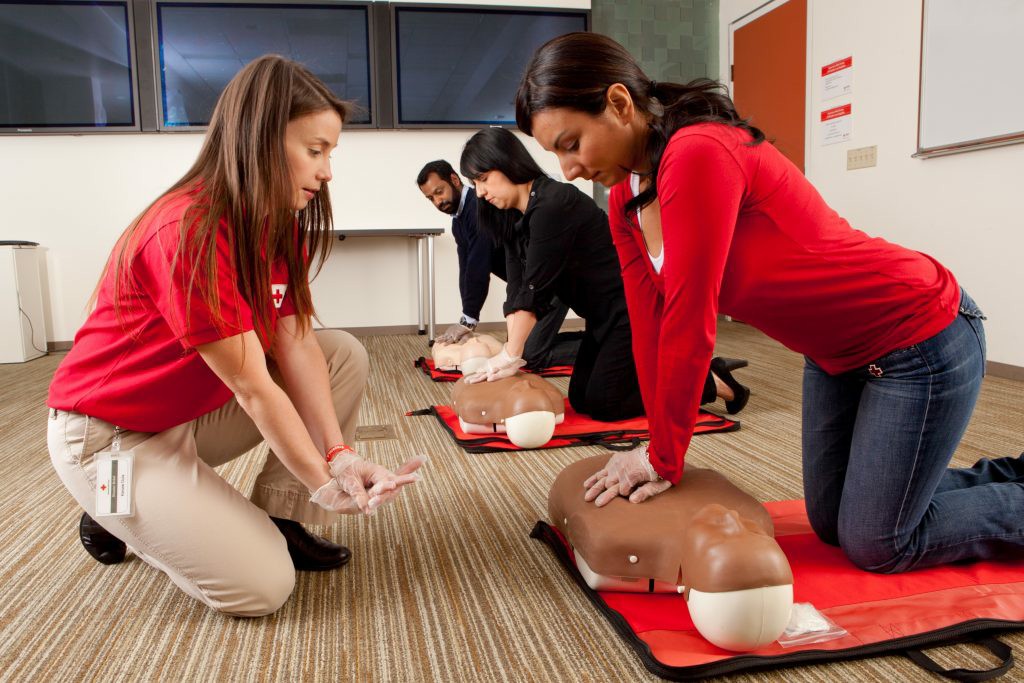


 349,500 Offered Certificates
349,500 Offered Certificates
 24/7 Online Training
24/7 Online Training
 Money Back Guarantee
Money Back Guarantee
 Fully Accredited Courses
Fully Accredited Courses

Created at: 25-02-2025 18:42
In today’s fast-paced work environment, the safety and well-being of employees should be a top priority for any business owner or HR manager. One critical measure that can significantly improve workplace safety is the implementation of First Aid and CPR training programs. Understanding First Aid and equiping employees with the necessary CPR skills can not only save lives during emergencies but also enhance overall workplace compliance with health and safety regulations.
Every workplace can encounter health emergencies, from minor injuries to life-threatening situations. In these moments, having trained staff can make a crucial difference. Here are key reasons why First Aid and CPR training is essential:
First Aid and CPR training equips employees with the skills they need to handle emergencies effectively. Here are some critical skills that are covered in training courses:
CPR is one of the most valuable skills one can possess in the workplace. This technique revives individuals who face life-threatening respiratory or cardiac issues. Employees will learn:
Many regulatory bodies mandate certain levels of First Aid training within workplaces. Adhering to these requirements not only ensures compliance but also promotes a safer working environment. Key compliance aspects include:
Obtaining a First Aid Certification can yield multifaceted benefits:
In emergency situations, every second counts. First Aid training teaches employees the immediate steps to follow when an incident occurs:
When choosing a First Aid course, consider the flexibility offered by online training versus the hands-on experience of in-person classes. Each format has its advantages:
Implementing First Aid and CPR training within your organization is an investment in safety, compliance, and employee well-being. With the right training, your workplace can be better prepared to handle emergencies efficiently and effectively.
Ready to enhance workplace safety? Enroll in a certified First Aid Course today or contact us at [email protected] for more information.